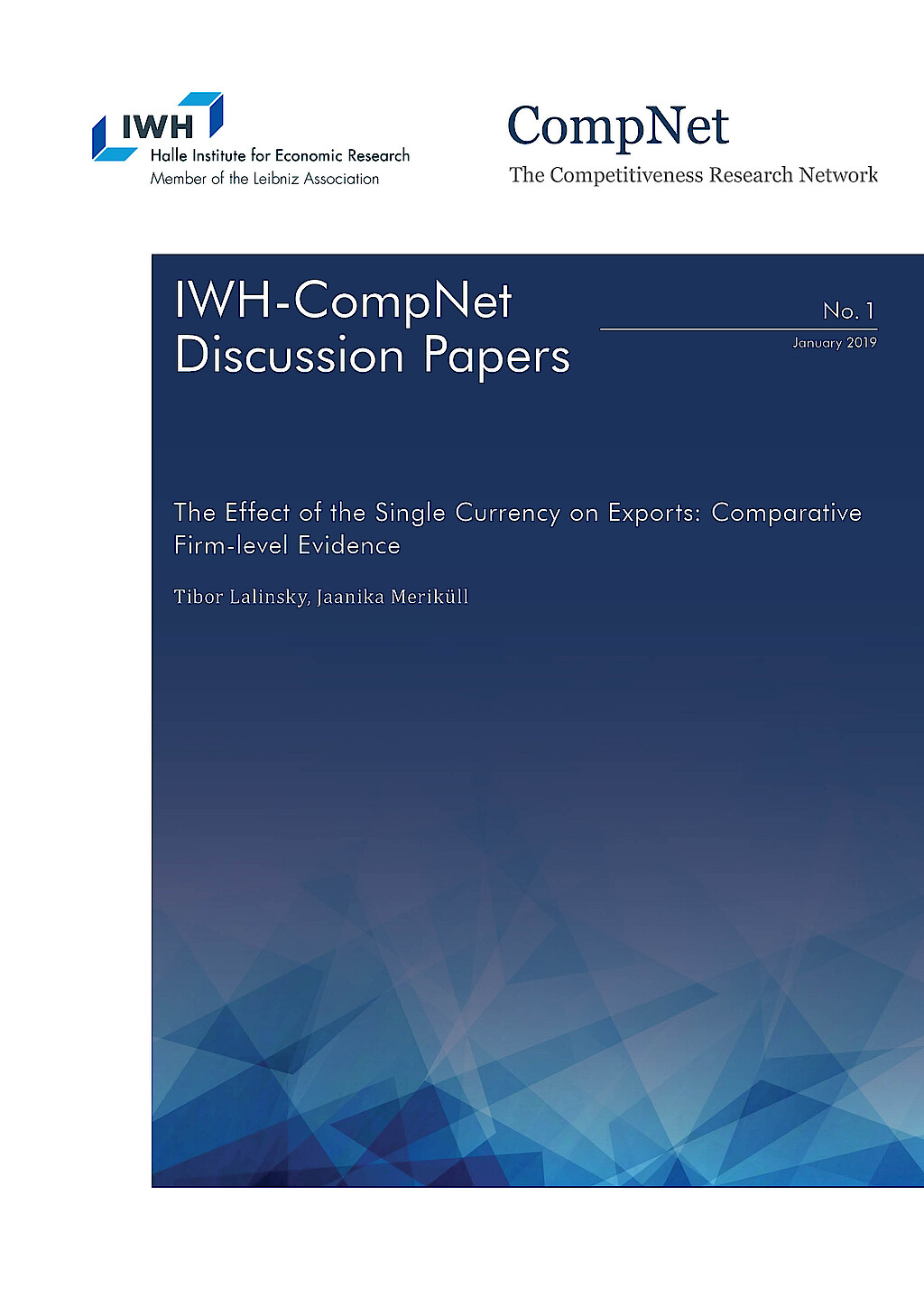
The Effect of the Single Currency on Exports: Comparative Firm-level Evidence
We investigate how adopting the euro affects exports using firm-level data from Slovakia and Estonia. In contrast to previous studies, we focus on countries that adopted the euro individually and had different exchange rate regimes prior to doing so. Following the New Trade Theory we consider three types of adjustment: firm selection, changes in product varieties and changes in the average value of the exports that compose the exports of individual firms. The euro effect is identified by a difference in differences analysis comparing exports by firms to the euro area countries with exports to the EU countries that are not members of the euro area. The results highlight the importance of the transaction costs channel related to exchange rate volatility. We find the euro has a strong pro-trade effect in Slovakia, which switched to the euro from a floating exchange rate, while it has almost no effect in Estonia, which had a fixed exchange rate to the euro prior to the euro changeover. Our findings indicate that the euro effect manifested itself mainly through the intensive margin and that the gains from trade were heterogeneous across firm characteristics.




